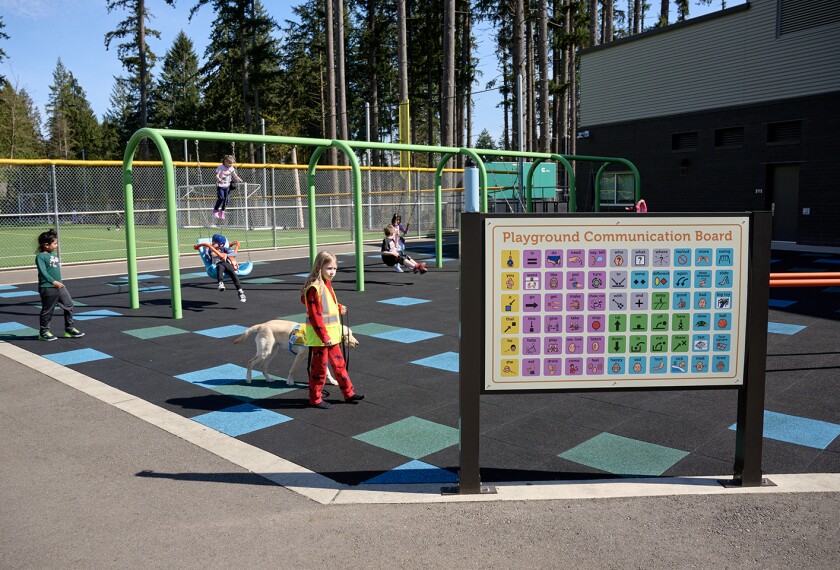Download Education Week‘s Exclusive State Report
The 10th edition of Education Week’s annual Diplomas Count report—Next Steps: Life After Special Education—examines the experiences of students with disabilities as they make the transition from high school to postsecondary education, the workplace, and adult life. Diplomas Count 2015 analyzes state and national data to sketch a portrait of this population, which comprises about 3 million secondary-school-aged students nationwide. The report examines this group’s achievement levels, discipline rates, graduation and completion rates, and postsecondary outcomes.
Indiana is home to 70,053 secondary students with disabilities. The majority of these students (82.7 percent) spend at least 40 percent of the day in regular classrooms alongside peers without disabilities.

Despite a trend toward such “mainstreaming,” secondary students with disabilities fare differently than their peers both nationwide and within states on a wide range of educational indicators.
For example, students with disabilities are more likely to face disciplinary measures. Nationwide, 18 percent of secondary students in special education programs were suspended in 2011-12 school year, compared with 9 percent of students without disabilities, according to U.S. Department of Education Office of Civil Rights data analyzed by the Center for Civil Rights Remedies at the Civil Rights Project at the University of California-Los Angeles. In Indiana, 18.9 percent of students with disabilities were suspended, while this was true for only 9.5 percent of students without disabilities.
From 2006 to 2013, Diplomas Count featured the Education Week Research Center’s comprehensive original analysis of high school completion using a proprietary method for calculating graduation rates known as the Cumulative Promotion Index. For the second year in a row, the federal data used for the center’s original analysis was unavailable.
This year, for the first time, Diplomas Count uses as its primary data source the U.S. Department of Education’s Adjusted Cohort Graduation Rate (ACGR), the method states are required to use for federal accountability purposes.
For the class of 2013, the most recent year available for the federal metric, the nation’s overall graduation rate reached 81 percent, although students with disabilities lagged 19 percentage points behind. In Indiana, 87 percent of the class of 2013 graduated with a diploma. Special education students in the state graduated at a rate of 69 percent, trailing their peers by 18 points.
The Indiana graduation brief contains additional state and national data on graduation trends and student subgroup performance.




